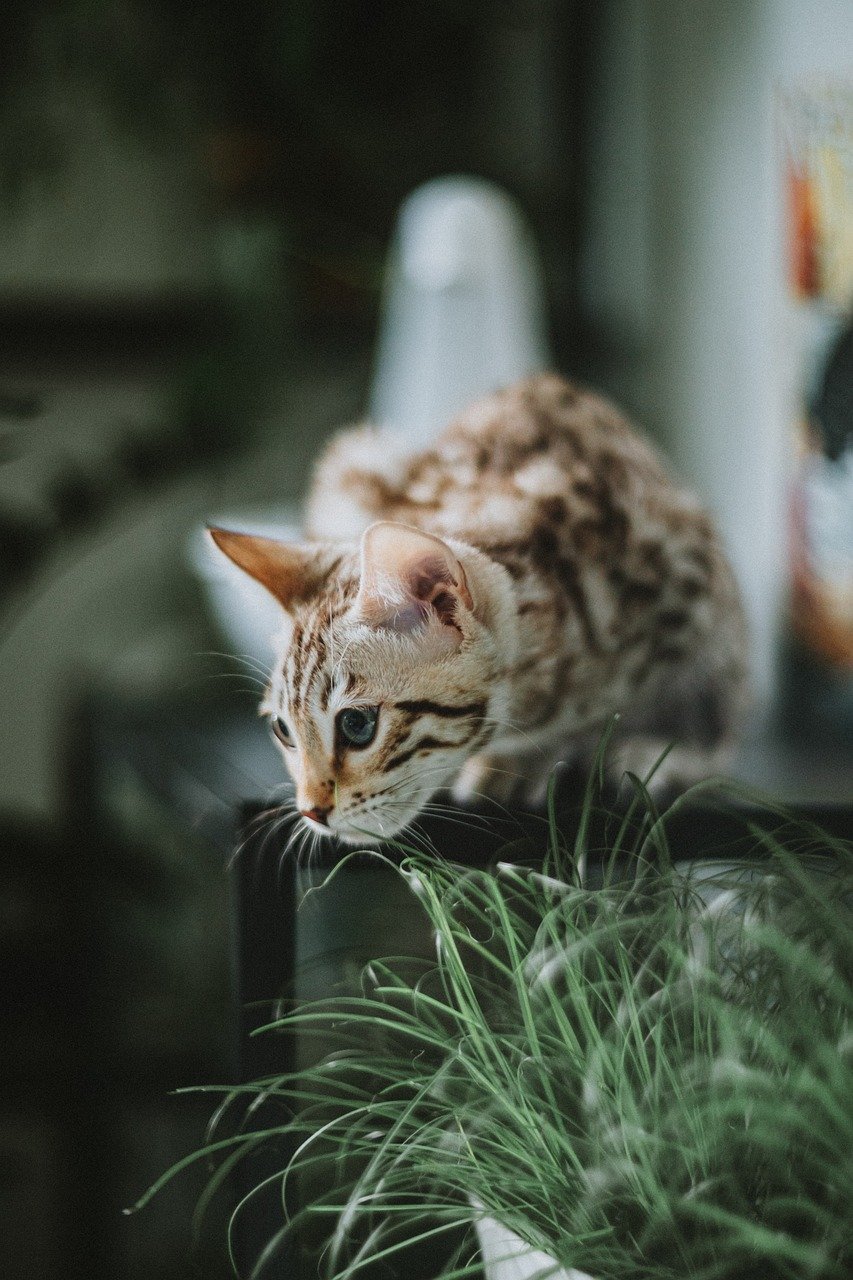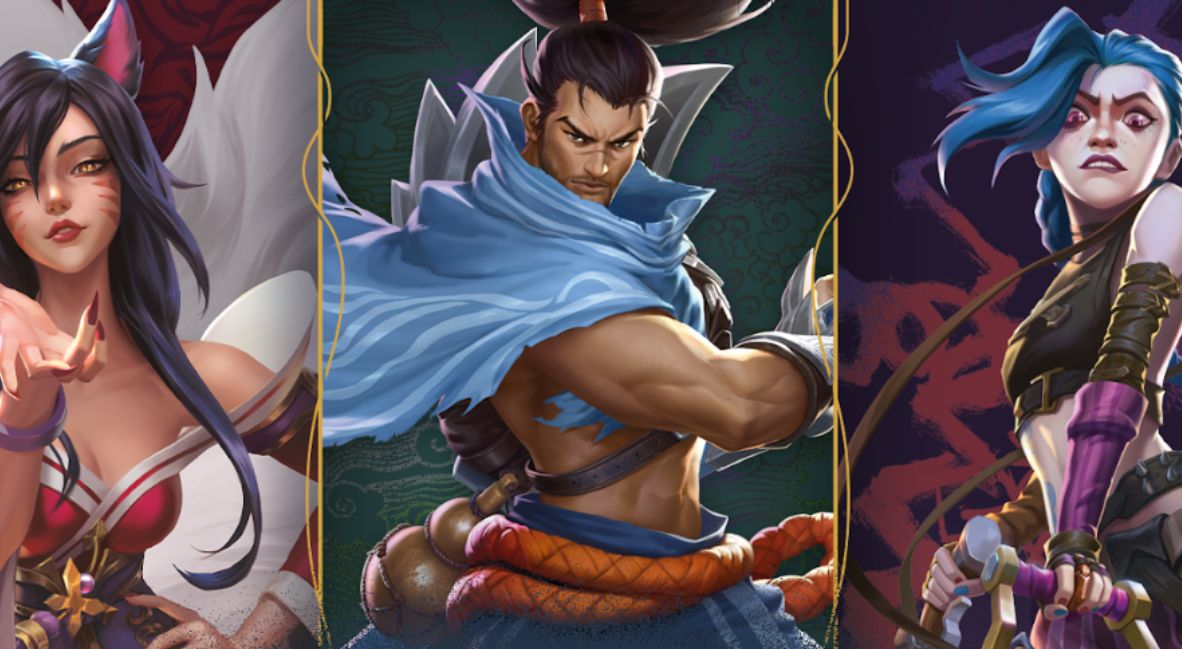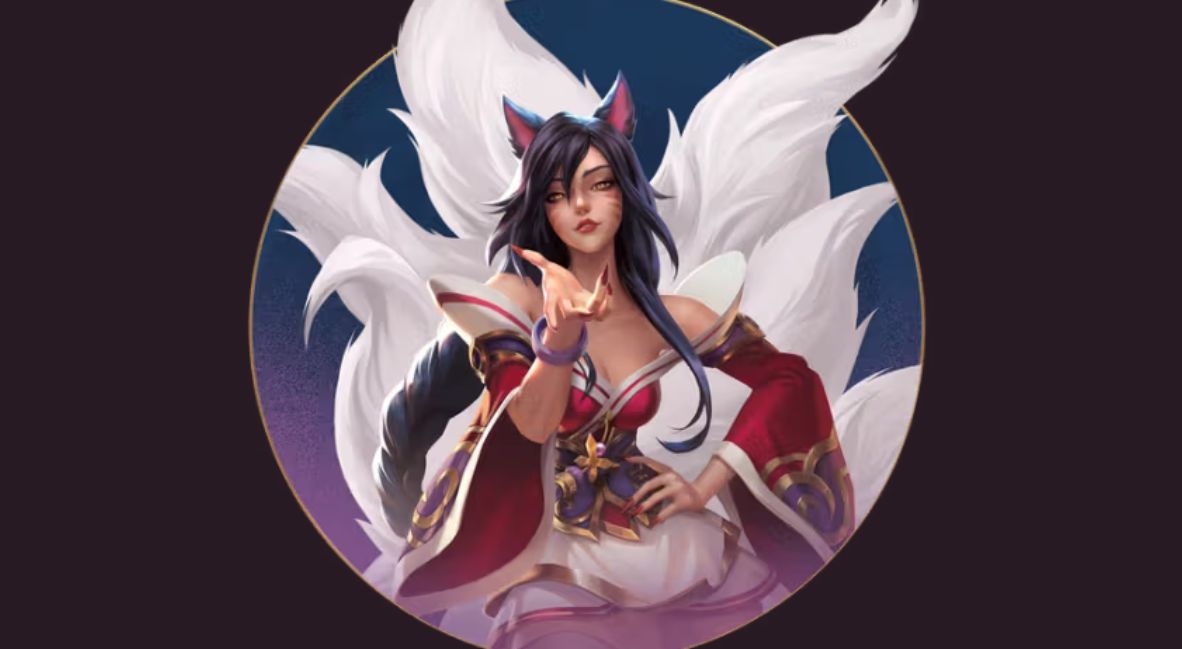
‘Riftbound’ Should Be The Next Big TCG
League of Legends is one of the biggest video game properties out there. It has expanded from its MOBA origins to include multiple other titles and an animated series. Now, the series is preparing to expand into local game stores and kitchen tables with its trading card game Riftbound. At a recent summit hosted by developer Riot Games, I was lucky enough to get some hands-on time with Riftbound and see what future fans can expect.
First and foremost, there is how Riftbound plays. Games in Riftbound are centered around fighting on battlefields. To control battlefields, players have to play unit cards and move them to a battlefield. If an opponent already has units there, they fight. Alongside playing units, players can play spells with a variety of effects, such as buffing units, attacking enemy units, etc.
Get BWT in your inbox! Subscribe to our weekly newsletter and get the latest and greated in entertainment coverage. Click Here Get BWT in your inbox! Subscribe to our weekly newsletter and get the latest and greated in entertainment coverage. Click HereEach unit and spell has a resource cost to pay to play them, like many other card games. In Riftbound, this takes the form of Runes, which are shuffled in a secondary deck and kept separate from a player’s main deck of units and spells. With each turn, players draw two resource cards and place them on the battlefield. Playing two runes each turn and keeping the cards separate from the main deck does wonders to keep matches from being one-sided, as one player struggles to find the resources needed to get their deck up and running.
Some cards also require players to “recycle” Runes, requiring them to put several Runes back on the bottom of their Runes deck. This helps add an interesting layer of strategy where players can either find ways around recycling Runes or find ways of drawing additional Runes frequently enough to offset the cost.
Our preview showed one key feature: Riftbound strikes a delicate balance.
Runes come in multiple types, each with its associated color, and with each deck supporting two types. Its Champion sets the kinds of Runes available in a deck. A Champion is the main character that largely defines how a deck in Riftbound plays from the roster of iconic playable characters in League of Legends.
On top of defining the Rune types of a deck, each Champion also has a unique ability that helps define a deck’s playstyle, like drawing an extra Rune after playing a powerful unit or being able to move units around battlefields more frequently. Each Champion also comes with a signature spell that only they can put in a deck, which is a powerful option capable of swinging a match’s momentum in the opposite direction.
Even without seeing the nearly three-hundred-card initial set, called Origins, Riftbound looks as though it will support a wonderful range of playstyles right from the get-go. There were buff decks, aggro decks, token decks, movement decks, and more that all seemed equally viable and fun to play, with different options available to all of them.
My biggest takeaways from seeing how Riftbound plays were how deep its deck-building and strategy elements were and that learning its rules was admirably accessible and smooth. Riftbound strikes the delicate balance of being easy to learn and difficult to master, which is a wonderful place to be for a new trading card game hoping to compete with established genre juggernauts.
The latest from Riot Games is a strong new TCG, League of Legends fan or not.
Riot Games also shared how it planned to compete with those juggernauts through its support of organized play, from local game stores to the massive world championships that its games, such as League of Legends and Valorant, are known for.
Although they were unable to share many details, their commitment to organized play was evident. They mentioned weekly local game store play, regional qualifiers, regional championships, and, finally, the world championships as all being events currently being defined to help support Riftbound play at all levels far into the future.
It is challenging to predict whether a bold new product like this will be successful, especially when it enters a competitive space already occupied by well-established juggernauts. What can be said, however, is that Riftbound has everything going for it, leading up to its release later this year.
Learning how to play is a fun and smooth process. Once you have learned how to play, there seems to be enough depth and strategy to keep players engaged for countless hours. Riot Games appears eager to build and support a community that caters to all players, whether they prefer casual matches at their local game store or aim to chase down prize pools at larger tournaments. Riftbound seems to have everything one could hope for when it comes to a new trading card game, whether you are a League of Legends fan or not.
Riftbound will launch in Summer 2025 with Shining Soul in China. Riot Games and UVS Games will launch the Riftbound TCG in English-speaking countries in October 2025 and additional regional rollouts in 2026. However, the English-speaking countries have not been detailed.
AP by OMG
Asian-Promotions.com |
Buy More, Pay Less | Anywhere in Asia
Shop Smarter on AP Today | FREE Product Samples, Latest
Discounts, Deals, Coupon Codes & Promotions | Direct Brand Updates every
second | Every Shopper’s Dream!
Asian-Promotions.com or AP lets you buy more and pay less
anywhere in Asia. Shop Smarter on AP Today. Sign-up for FREE Product Samples,
Latest Discounts, Deals, Coupon Codes & Promotions. With Direct Brand
Updates every second, AP is Every Shopper’s Dream come true! Stretch your
dollar now with AP. Start saving today!
Originally posted on: https://butwhytho.net/2025/06/riftbound-should-be-the-next-big-tcg/